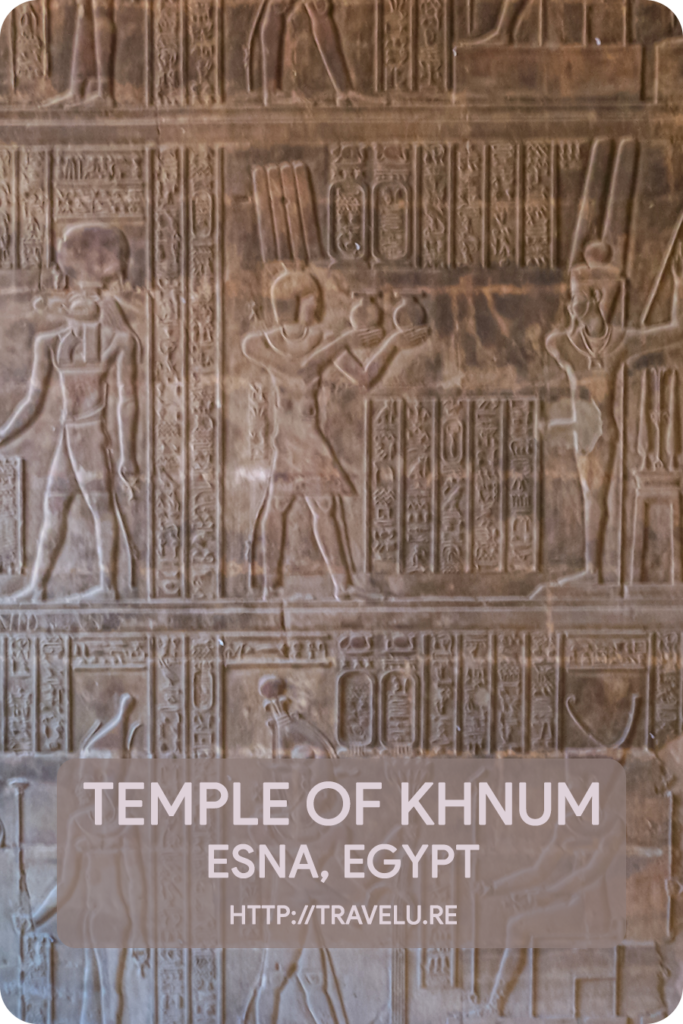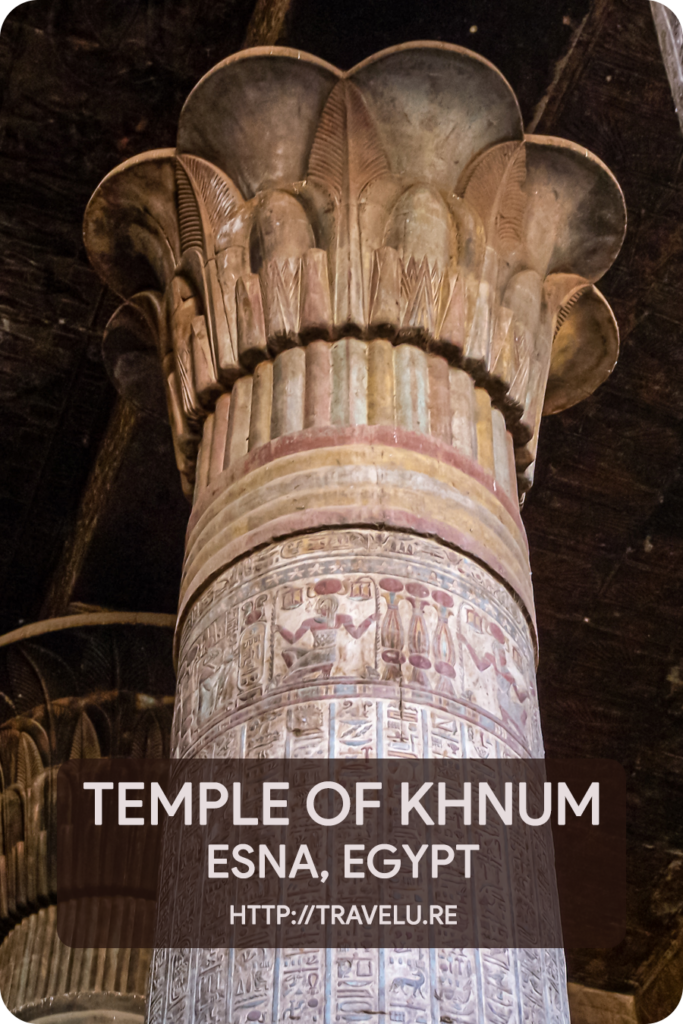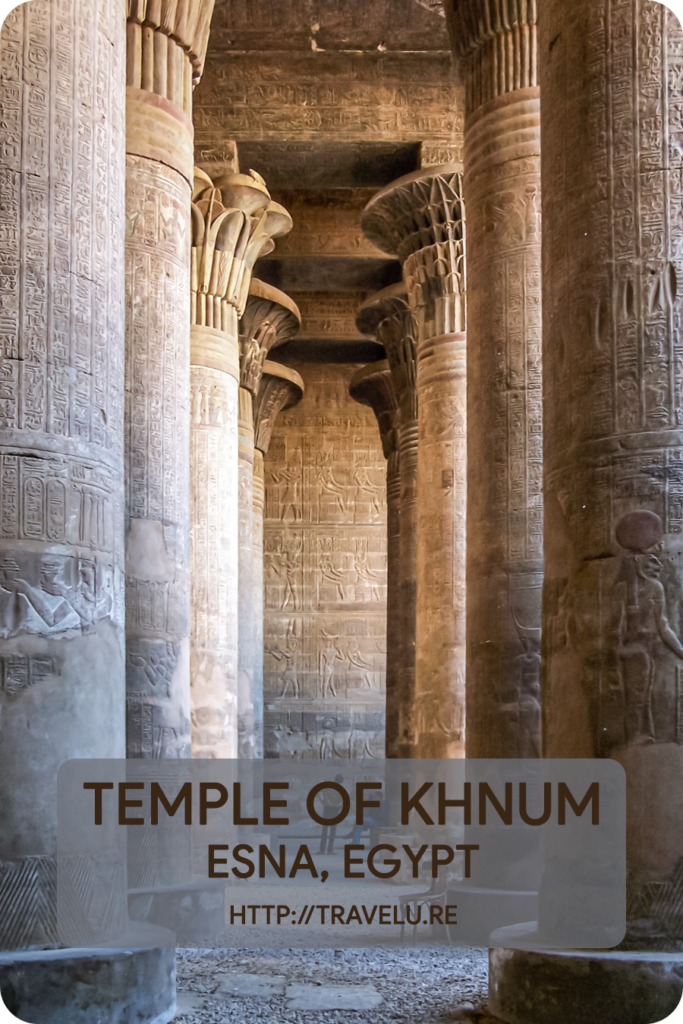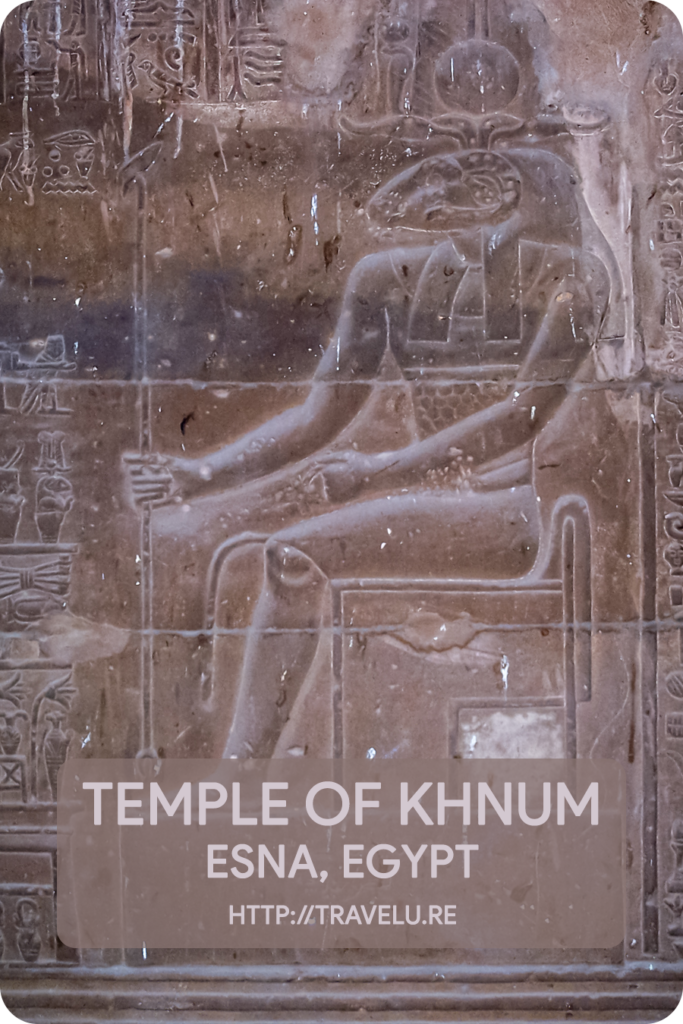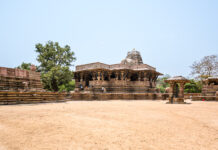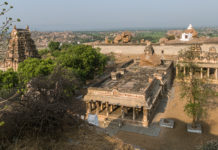Temple of Khnum, Esna, Egypt – The Ram-headed God
Before I take you to the Temple of Khnum in Esna, let me share a small backstory. Egyptologists do not consider this temple at par with the likes of the Temple of Isis at Philae or the Temple of Ramses II at Abu Simbel. I shared this apprehension with a friend. After listening to its story, when I asked if this will work as a post, the response I got was ‘Sprintega!’ (It will not only walk, or run, but sprint!)
The excavation is still on, but from what is visible, no one can dispute its heritage value and importance in Egyptian history. Last week, I had mentioned the water lock in Esna. Lying 55 km south of Luxor, Esna is a forced pit-stop for all the Nile cruisers. Let us see why.
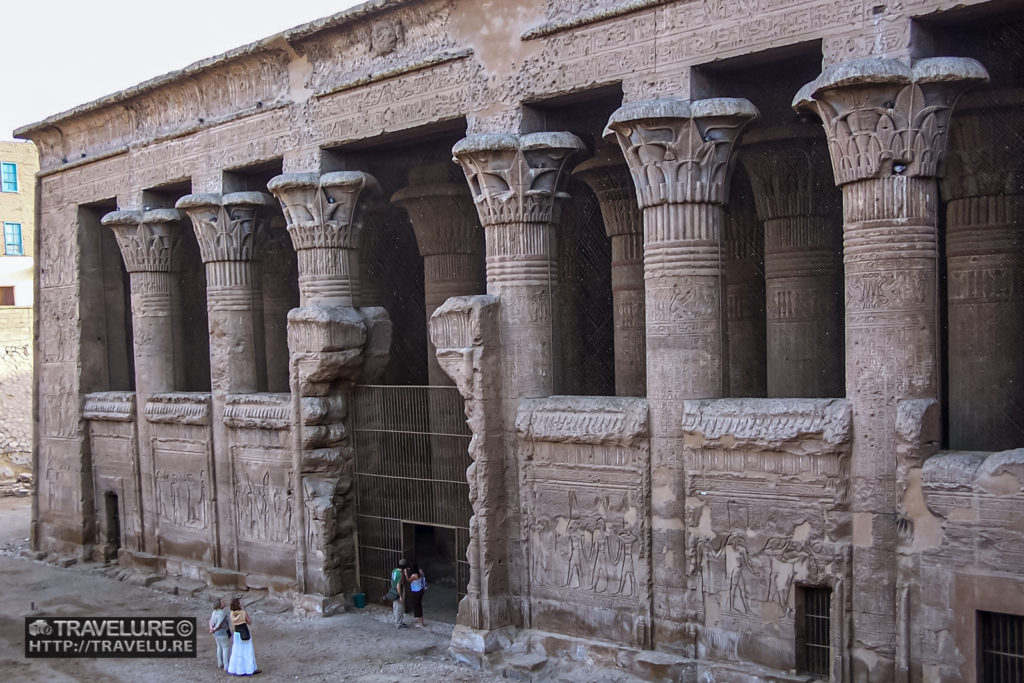
Water lock and Esna
Irrigating an arid stretch of land can be daunting. The largest water source for the Ugandan-Sudanese-Egyptian stretch of the Sahara desert is the Nile. The governments have commissioned many water locks and barrages along its course for water appropriation, distribution, and conservation.
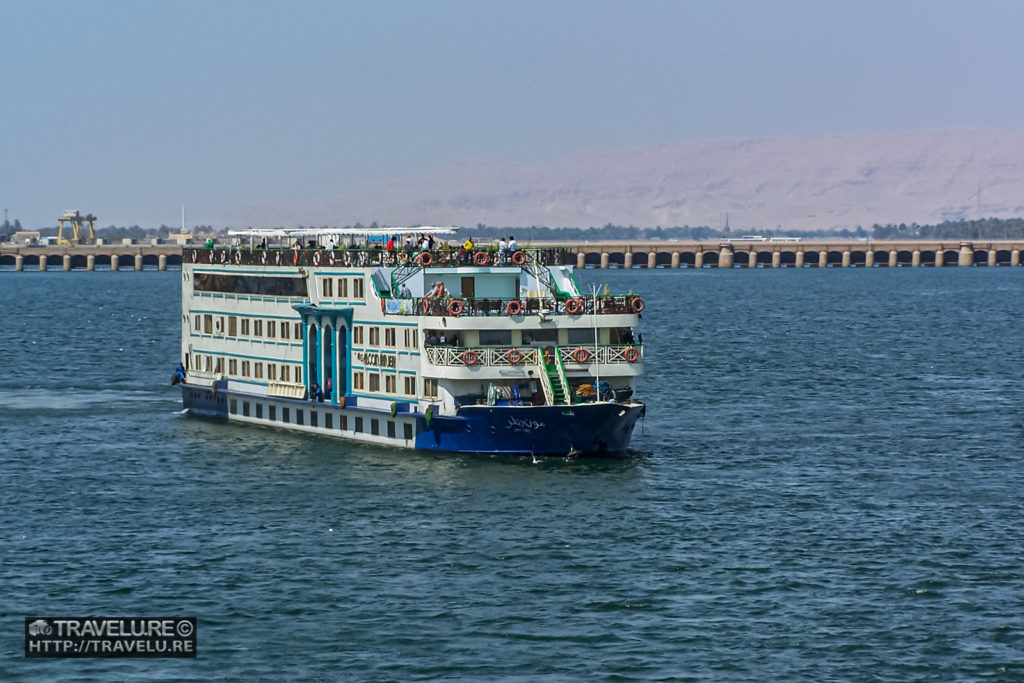
Esna has one such water lock. Here, the water level down-stream towards Luxor is lower. This engineering marvel works as an elevator for the Nile cruisers. They take the boats up or down, depending on their direction of movement. But the water lock can only service two steamers at a time leading to delays as they wait for their turn.
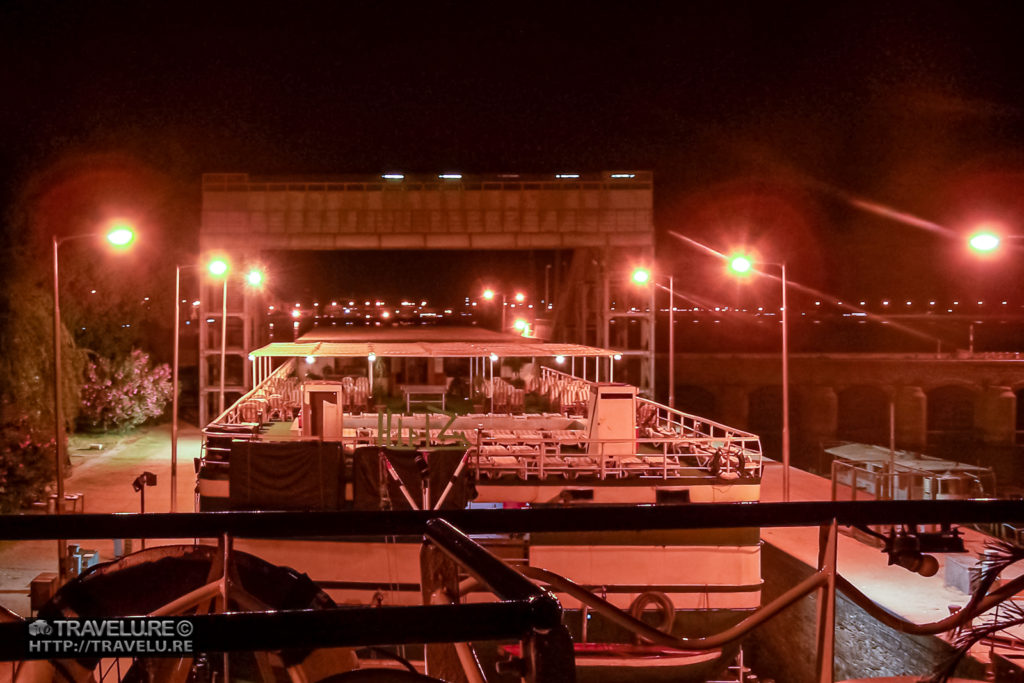
Our cruiser was no exception. We too joined the queue. Given the slow pumping of water in the water lock, our captain couldn’t tell how long the wait would be. His wild guess was a 3-hour wait. In reality, it turned out to be over 7 hours.
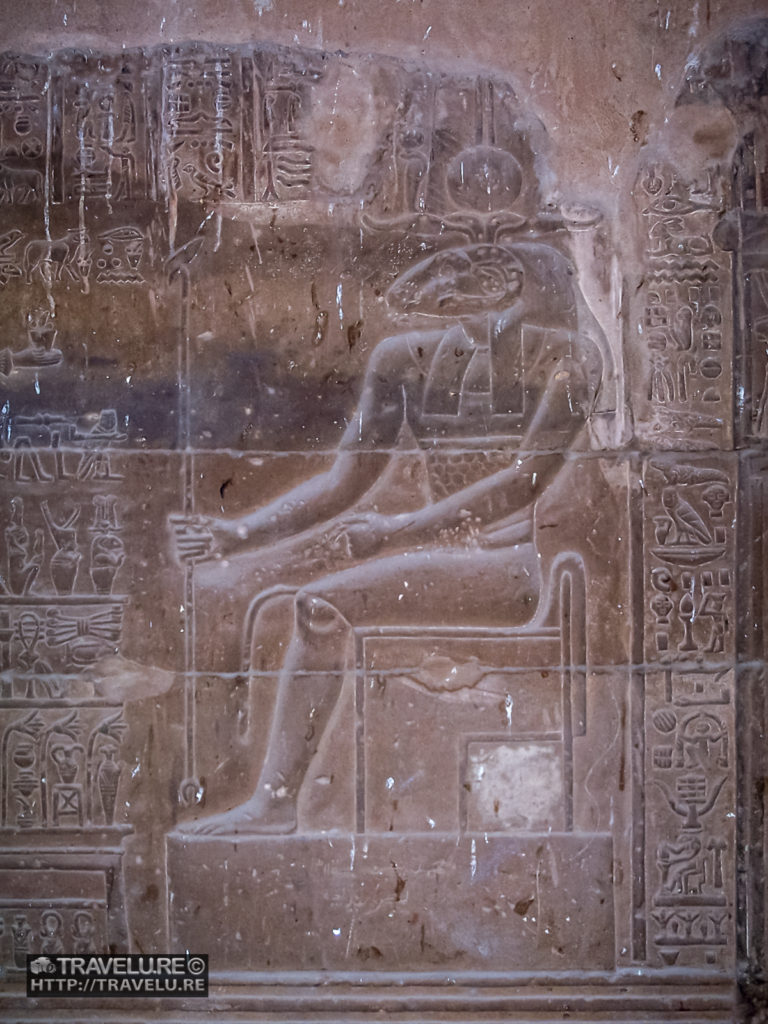
The limited choice made us wander around this tiny market town and spot a few heritage gems, some almost intact, the others, damaged and still under excavation. One such find was the temple of Khnum.
On the west bank of the Nile, Esna was important during the Ptolemaic period. Though the archeological evidence suggests its existence even four millennia ago, we know little about its history before the Ptolemy Dynasty.
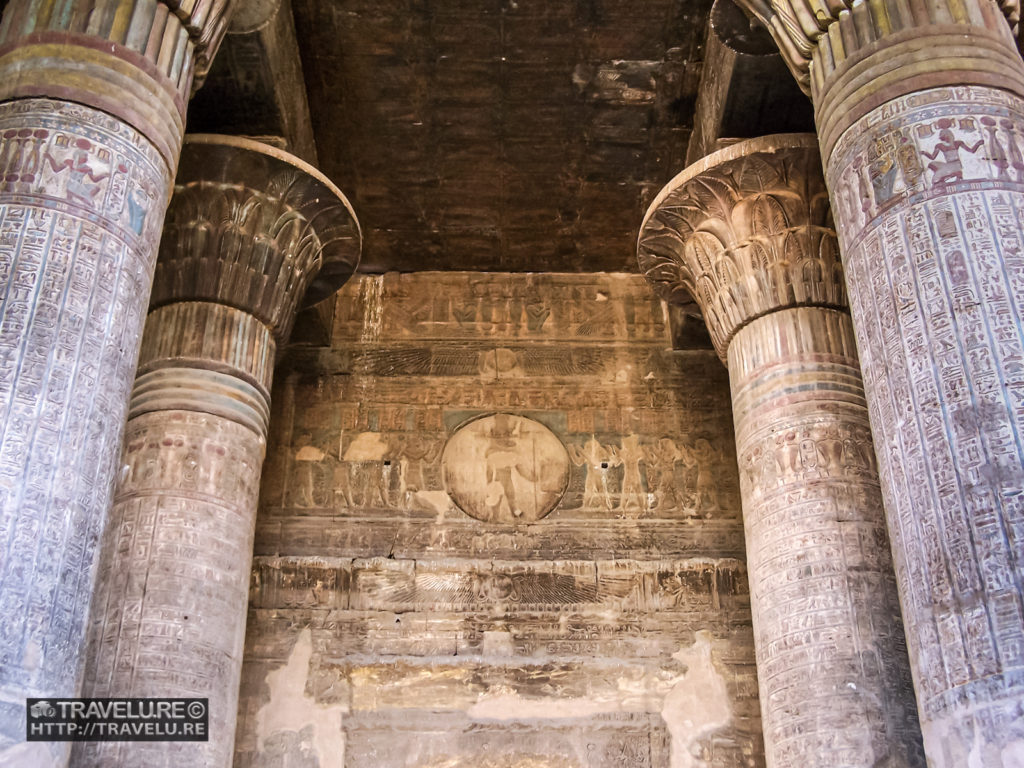
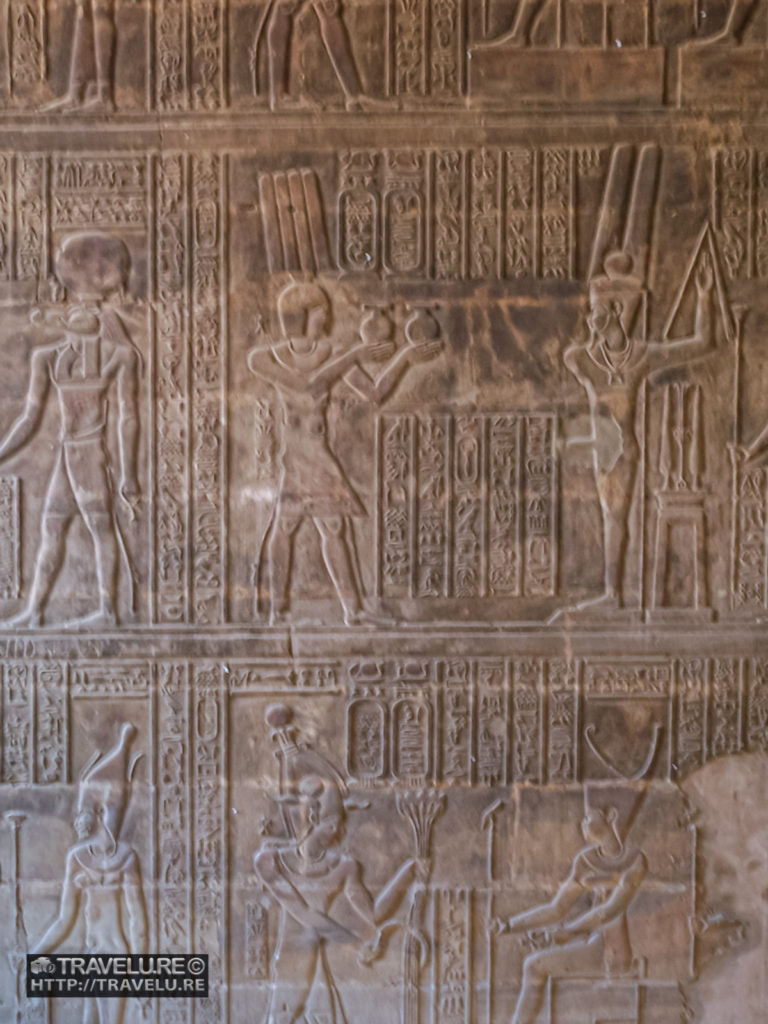
Temple of Khnum at Esna
This temple is dedicated to Khnum, the ram-headed creator, who shaped humans on his potter’s wheel. Ancient Egyptian mythology considers Khnum androgynous, its male manifestation being Khnum, and the female, Neith. Ptolemies built the temple between 180 and 145 BCE.
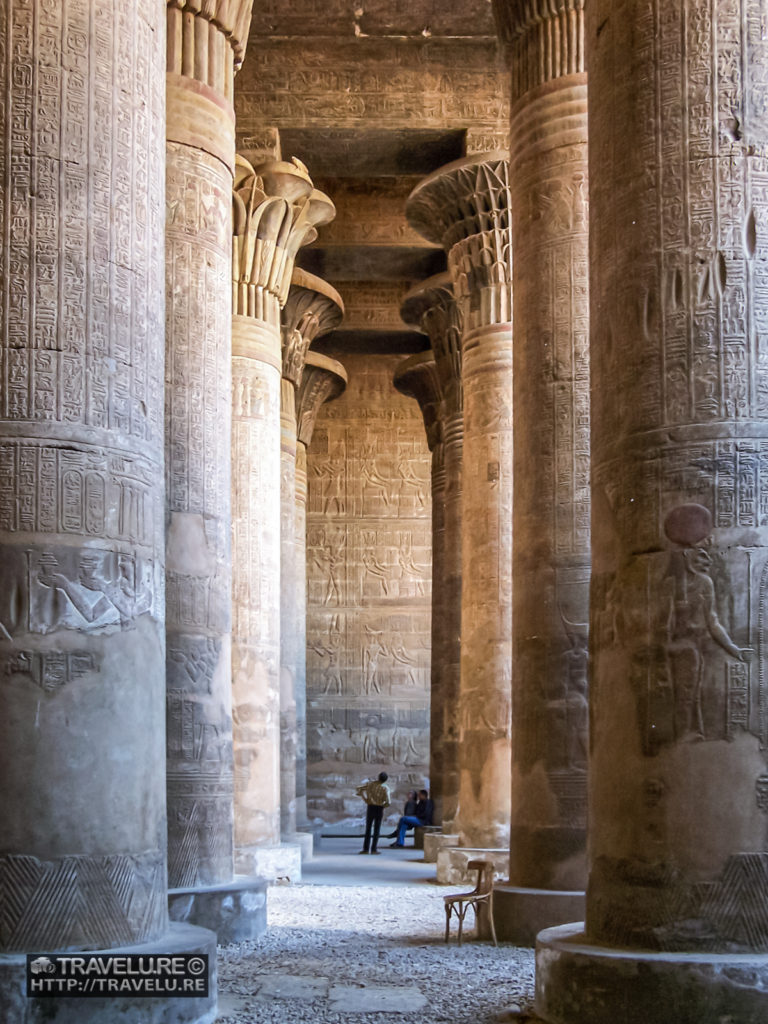
The Romans added its hypostyle hall in the 3rd century CE that we can see here today. The rest of the temple, like the ancient town, lies buried under the modern town of Esna. To give you an idea of how deep, the excavated hypostyle hall is in a 9-metre deep pit. The layers above represent 15 centuries of accumulated desert sand and debris as they had abandoned the town during the Roman era.
Eighteen pillars with exquisite floral capitals support the roof of the chamber. These capitals range from palm leaves to papyrus fans, lotus buds to grapes, and more. Astronomical scenes and hieroglyphs decorate the roof and the pillars.
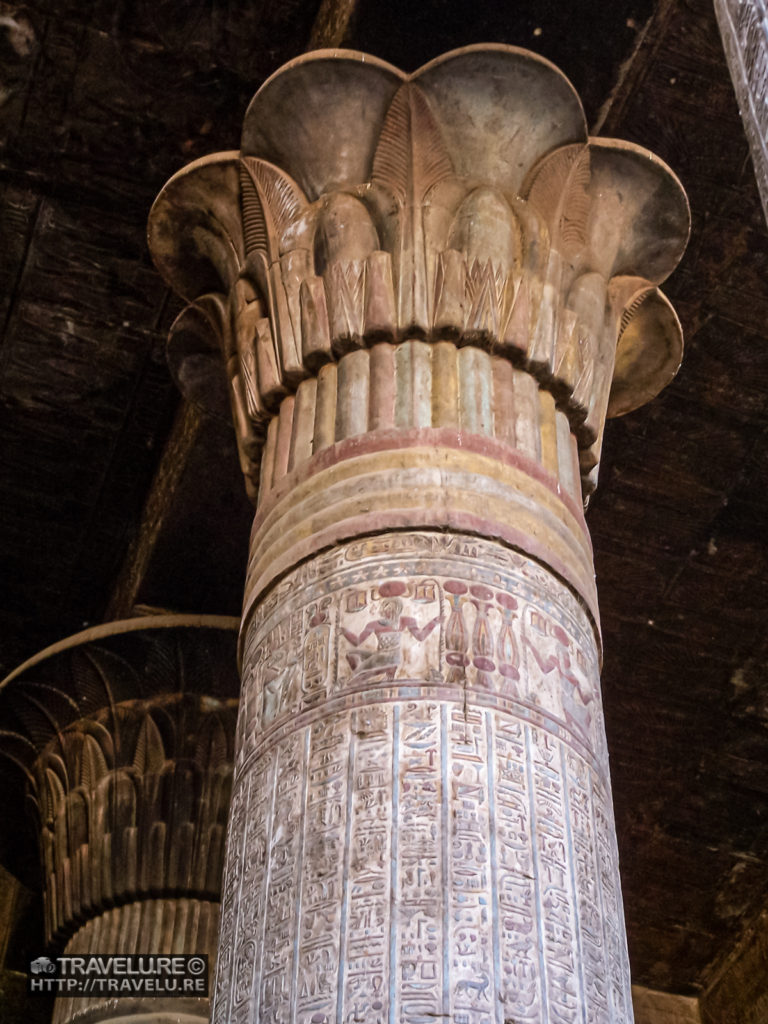
Though you can only visit the proverbial tip of this iceberg today, the decorations on its walls depicting some unique rituals like the dance of the pharaohs before the gods, and the use of a clap net to catch fish and birds, are unique. So, if you plan to visit the temple of Khnum in Esna, it lies 200 metres from the boat landing. This too belongs to the same UNESCO tentative list that comprises the temples of Kom Ombo, and Horus (Edfu).
Next week is a mixed bag that will cover the colossi of Memnon, the valleys of kings and queens, and the temple of Hatshepsut. Stay tuned!

